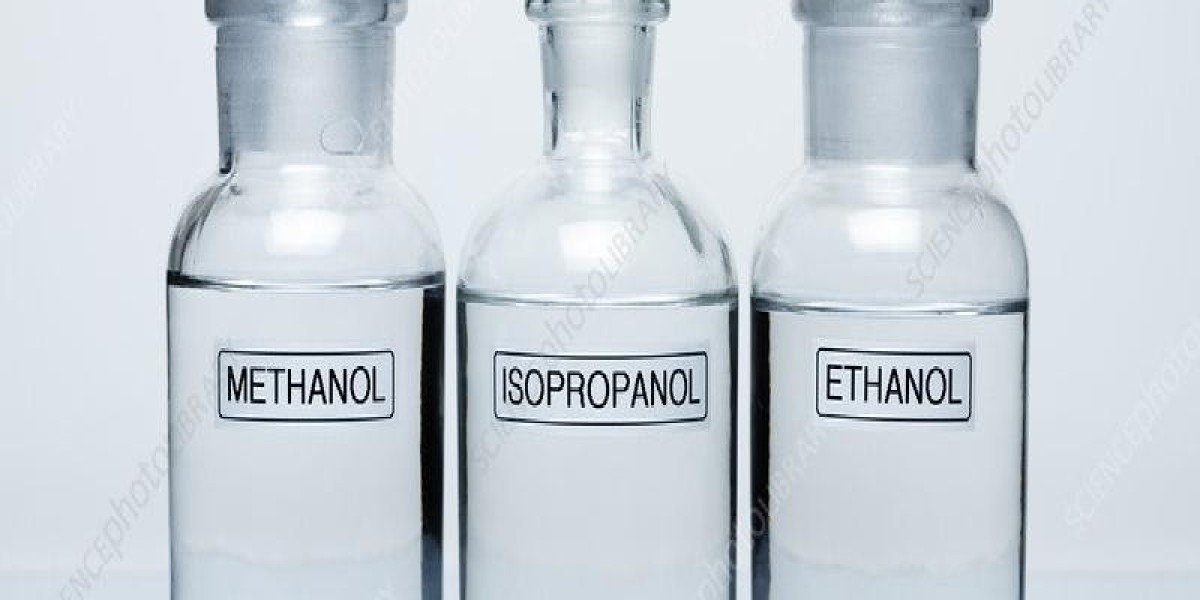The ethanol msds indicates that this product is a central nervous system inhibitor. Firstly, it arouses excitement, followed by inhibition. Acute poisoning: Acute poisoning often occurs orally.
It can generally be divided into four stages: excitement, hypnosis, anesthesia, and asphyxia. The patient enters the third or fourth stage, experiencing loss of consciousness, dilated pupils, irregular breathing, shock, cardiovascular failure, and respiratory arrest.
Chronic effects exist in production. Long-term exposure to high concentrations of this product can cause nasal, eye, and mucosal irritation symptoms, as well as headaches, dizziness, fatigue, irritability, tremors, nausea, etc.
Long-term excessive drinking can cause multiple neuropathies, chronic gastritis, fatty liver, liver cirrhosis, myocardial damage, and organic mental illness. Long-term skin contact can cause dryness, scaling, cracking, and dermatitis. Explosive hazard: This product is flammable and irritating.
The ethanol msds instructions: First aid measures for this product: skin contact, remove contaminated clothing, rinse with flowing water; Eye contact, lift eyelids, rinse with flowing water or physiological saline, seek medical attention; Inhalation, quickly remove from the scene to a place with fresh air, seek medical attention; Eat and drink plenty of warm water, induce vomiting, and seek medical attention.
Fire protection measures explain the hazardous characteristics of ethanol MSDs: flammable, its vapor can form an explosive mixture with air, and it can cause combustion and explosion when exposed to open flames and high heat energy. Chemical reaction or combustion occurs when in contact with oxidants. In a fire, heated containers pose a risk of explosion. Its vapor is heavier than air and can diffuse to a considerable distance at lower points. When it comes into contact with a fire source, it will ignite and reignite.



